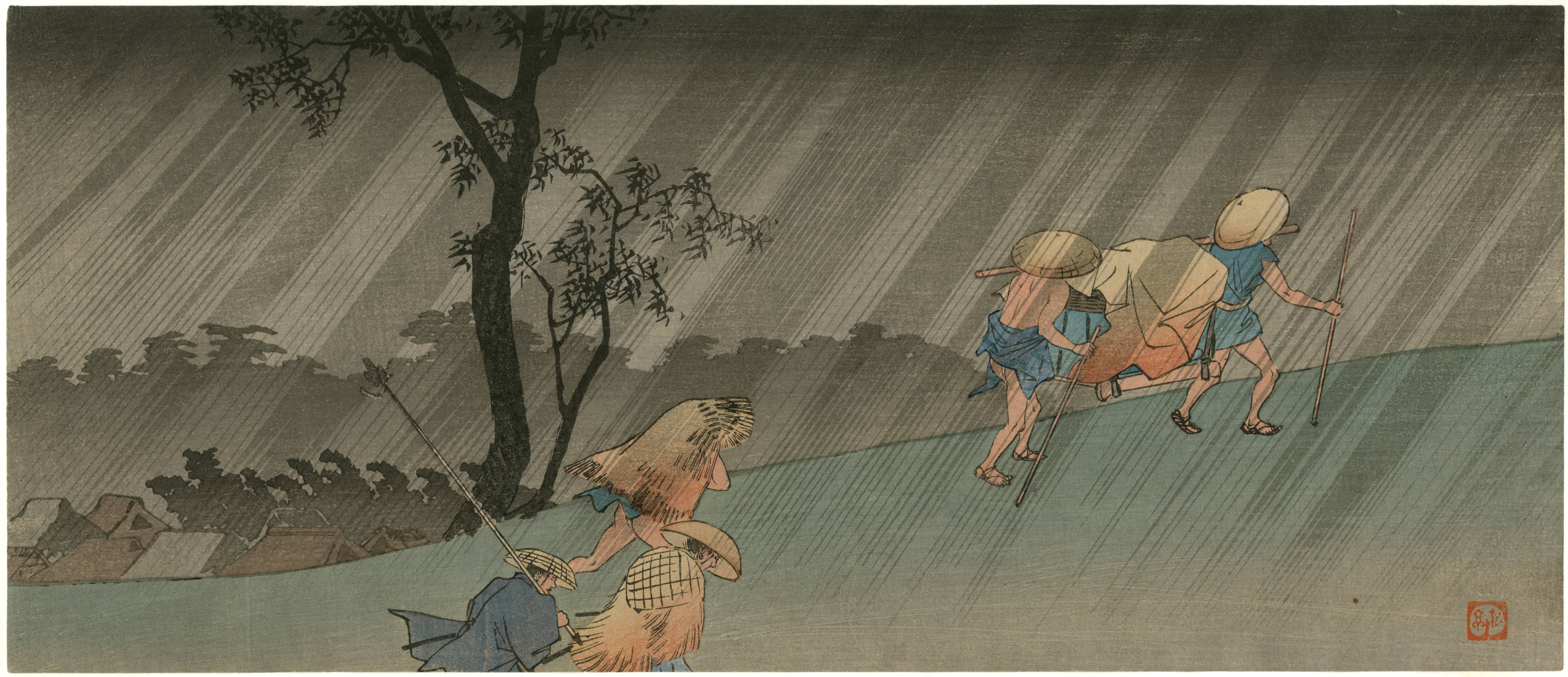Few have heard of Shozaburo Watanabe (1885-1962). Even among those with an interest in Japanese art, he remains an obscure figure. This should not be cause for surprise as Watanabe was neither a painter, sculptor, novelist nor designer. In fact, he was not an artist at all: He was a publisher and businessman. And yet, by the 1920s, he had become one of the most influential figures in the artistic circles of his time.
Watanabe was no ordinary trader. In his late teens, he apprenticed with an art dealer and developed a passion for ukiyo-e. Alas, by the time he launched his own company in 1906, Japan’s glorious woodblock print tradition had lost much of its allure. Worse, the skills that supported it — the carving of blocks, the preparation and application of color pigments, the precise printing of images — were slowly disappearing. If nothing was done, Watanabe feared, this knowledge would soon be lost.
There was only one solution: to rejuvenate the tradition, and Watanabe spent his first decade in business trying to do just that. He established the Society for Ukiyo-e Research; he published high quality reproductions by Utagawa Hiroshige, Kitagawa Utamaro and other acknowledged masters; and he constantly searched for new collaborators and artisans who shared his vision. In time, he attracted a core group of superb artists such as Shinsui Ito, Hasui Kawase, Shunsen Natori and Kotondo Torii. With them, he launched the last significant woodblock print movement: shin-hanga, literally “new prints.”


















With your current subscription plan you can comment on stories. However, before writing your first comment, please create a display name in the Profile section of your subscriber account page.